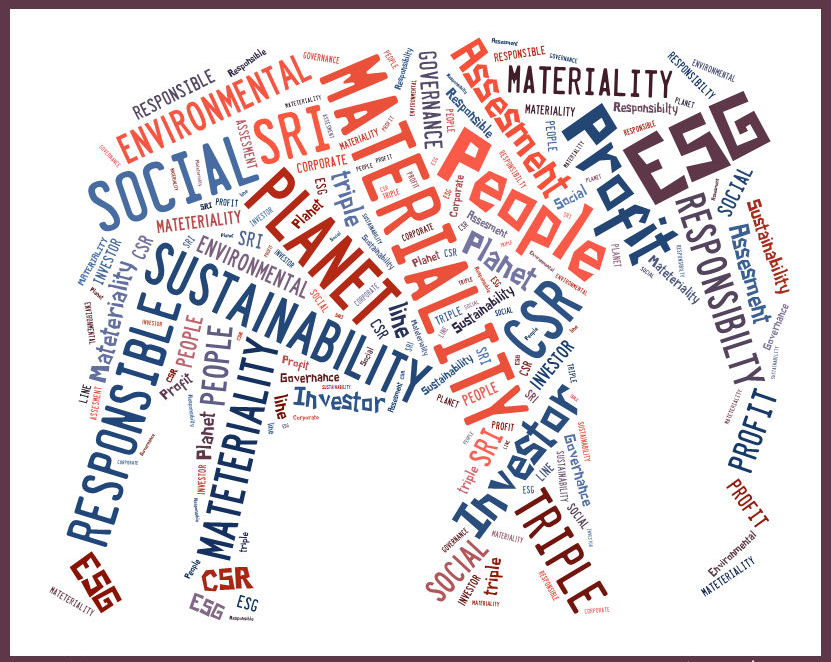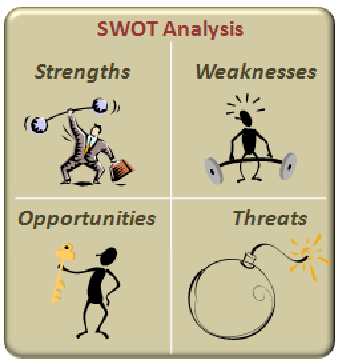Het arrangement Exchange no. 18 and CCC is gemaakt met Wikiwijs van Kennisnet. Wikiwijs is hét onderwijsplatform waar je leermiddelen zoekt, maakt en deelt.
- Auteurs
- Laatst gewijzigd
- 2015-01-27 11:41:52
- Licentie
-
Dit lesmateriaal is gepubliceerd onder de Creative Commons Naamsvermelding 3.0 Nederlands licentie. Dit houdt in dat je onder de voorwaarde van naamsvermelding vrij bent om:
- het werk te delen - te kopiëren, te verspreiden en door te geven via elk medium of bestandsformaat
- het werk te bewerken - te remixen, te veranderen en afgeleide werken te maken
- voor alle doeleinden, inclusief commerciële doeleinden.
Meer informatie over de CC Naamsvermelding 3.0 Nederland licentie.
Aanvullende informatie over dit lesmateriaal
Van dit lesmateriaal is de volgende aanvullende informatie beschikbaar:
- Toelichting
- Samenwerkingsopdracht op het gebied van MVO (CSR).
- Leerniveau
- VWO 5;
- Leerinhoud en doelen
- Economie; Maatschappijleer; Management en organisatie;
- Eindgebruiker
- leerling/student
- Moeilijkheidsgraad
- gemiddeld
- Trefwoorden
- business, csr, exchange, intercultureel, internationaal, mvo
Bronnen
| Bron | Type |
|---|---|
|
Corporate Social Responsibility http://www.youtube.com/watch?v=d95qkMxSfm0 |
Link |
|
CSR (Suppy chain management) http://www.youtube.com/watch?v=VdbKvXh6sLU&list=PLE92209C3E51F5273 |
Link |
|
Triple Bottem Line (the economist) http://www.economist.com/node/14301663 |
Link |
|
Just good business (the economist) http://www.economist.com/node/10491077 |
Link |
|
How to make a SWOT analysis http://articles.bplans.com/business/how-to-perform-swot-analysis/116 |
Link |
|
SWOT analysis example http://www.businessballs.com/swotanalysisfreetemplate.htm |
Link |
|
The marketing mix and the 4 Ps http://www.mindtools.com/pages/article/newSTR_94.htm |
Link |
|
How to work with Prezi? http://prezi.com/ |
Link |
|
we love reclame http://www.welovereclame.nl |
Link |
|
commercialnuts http://commercialnuts.com |
Link |





